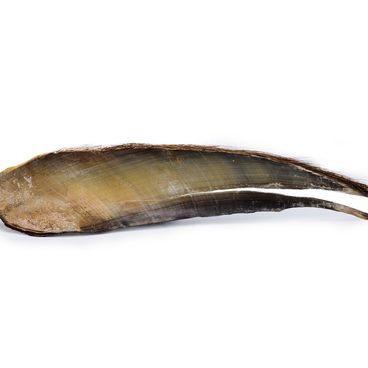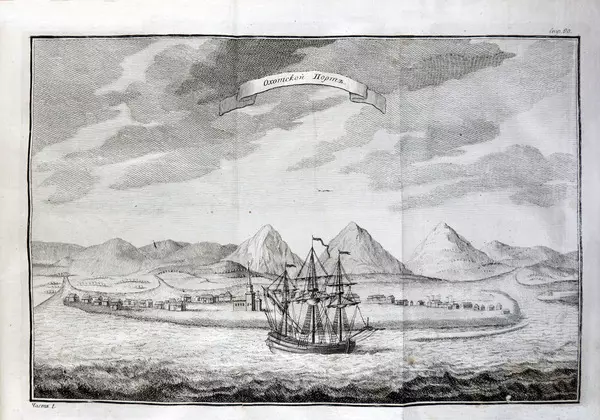The book “Description of the Land of Kamchatka” was the main work of Stepan Petrovich Krasheninnikov, a Russian botanist, geographer, ethnographer, traveler and academician. The explorer stayed in Kamchatka for four years and completed a comprehensive study of the peninsula. Stepan Krasheninnikov studied flora and fauna, as well as the river system; he described the relief, geysers and hot springs, and drew up a detailed climatic map of the area.
The scientist collected extensive material on the indigenous population of Kamchatka. Processing of the collected materials and preparation of the “Description of the Land of Kamchatka” became the task of Stepan Petrovich’s subsequent life. The first edition appeared as early as in 1755. It was published in two volumes, but it was not put on sale until 1756, when a preface by the traveler and historiographer Gerard Friedrich Müller was prepared.
The book was accompanied by engravings and maps of the peninsula. The engravings were created by Ivan Alekseyevich Sokolov, a master of the Imperial Academy of Sciences. He based his work on drawings by Johann Elias Grimmel and Johann Christian Berkhan. The latter was a member of Vitus Bering’s expedition and visited the region. The engraving from this book depicting an American is the earliest pictorial representation of an Alaska Native.
The work by Stepan Krasheninnikov became well known not only in the Russian Empire, but also in Western Europe. The 1,350 copies of the first edition were quickly sold out. The public expected a reprint. Only 30 years later, in 1786, the Imperial Academy of Sciences issued the second edition of “Description of the Land of Kamchatka”. It is this edition that is exhibited in the museum. The books accurately reproduced the first edition, but had a smaller print run.
The fifth Russian edition
of the book by Stepan Krasheninnikov was based on the original text, using the
author’s manuscripts, which were kept in the archives of the USSR Academy of
Sciences. The name of the researcher went down in the history of science.
Repeated reprinting of the work in Russia and abroad is a confirmation of the
significance of the scientist’s great work. This is a classic example of
encyclopedic scientific research, which initiated a new stage of Kamchatka
studies.







